For weeks the Kyiv government and Western
officials have pointed the finger at Moscow, saying it has tacitly if not actively supported the unrest and supplied financing, manpower
and weapons, including at least three tanks, according to satellite images obtained by NATO, to separatist militias in Donetsk and Luhansk oblasts.
Interior
Minister Arsen Avakov posted on Facebook on June 20 what he reports to be hard proof of the Kremlin’s involvement.
Ukrainian
forces confiscated a BTR-80 armored personnel carrier, inside of which was a
document that showed it had been checked out from a Russian military base on
May 31, 2014, Avakov wrote. He said the BTR-80 was captured by National
Guardsmen near Marinovki after they clashed with separatist fighters there.
The
document shows the signature of a woman with the surname “Solovyova,” who described her
position as “head of storage” and allegedly signed out the BTR. A stamp above her signature reads the words “Russian Federation” and “military base 55443.”
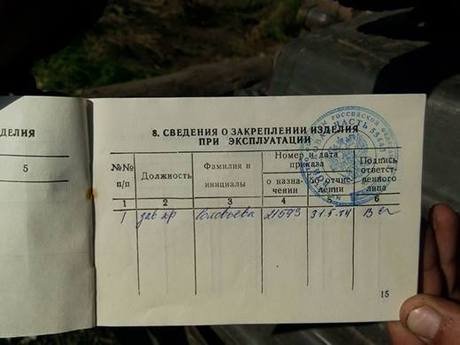
“Note the
seal of the Russian military. This is for diplomats and doubters,” Avakov
wrote.
Separately,
Vladyslav Selesnyov, a spokesman for Ukraine’s counterinsurgency operation in
the east, shared what he said was further evidence of Russian support for the separatists.
He wrote on June 20 that following a fierce gunfight with armed pro-Russian militias in Yampil and Zakotne,
during which some “300 militants were killed,” Ukrainian forces seized heavy weapons, including an armored personnel carrier,
a truck with a high-caliber machine gun mounted on it, a man-powered air-defense system (MANPADS), rocket-propelled grenade launchers and small arms.

“All weapons and
equipment are of Russian origin,” he wrote.
The reports from Avakov and Seleznyov came after Ukraine’s Ministry of
Foreign Affairs on June 18 published what it said was proof that weapons from Russia were
being used to fight the country’s military forces.
In a statement on its website that included
a series of photographs, the ministry said MANPADS had been confiscated from
separatists in Donetsk Oblast. Among the weapons’ crates were documents showing they had been in Russian weapons facilities as recently as April.


The separatists’
militias have used MANPADS to shoot down several Ukrainian military aircraft,
including at least four helicopters and a transport plane bringing in a fresh
rotation of 40 paratroopers. All were killed in the plane downing, along with
the plane’s nine crew members, as it attempted to land at Luhansk airport early
on June 14.
Previously, the Security Service of Ukraine (SBU) reported that it had detained three Russian citizens it believed were members of Russia’s military intelligence service, the GRU, for their involvement in the violence in Odesa on May 2 that resulted in the deaths of 46 people, including 42 who died in the blaze at the Trade Unions building.
On 3 May, the SBU published the names and passports of the three citizens from the Russian Federation allegedly involved in the 2 May events.




The SBU furthermore stated on June 20 that it has recently captured 13 Russian citizens, most of whom are former or current special forces members, in Ukraine carrying out subversive and terrorist acts.
Still, Russia has not acknowledged direct involvement in the violence racking eastern Ukraine. It has urged Kyiv to cease what it called a “punitive” military operation in Donetsk and Luhansk oblasts and to negotiate with separatists there.
Ukrainian President Petro Poroshenko this week proposed a cease-fire as part of a peace plan to end the conflict. He discussed the plan with Russian President Vladimir Putin as recently as June 19.
According to a Kremlin readout of the conversation, “Vladimir Putin shared a whole set of comments stressing the need to immediately end Kyiv’s military operations in Luhansk and Donetsk regions.”
“The President of Russia expressed hope that in implementing this plan, priority attention will be given to resolving key problems that have caused strong protests by the people living in these regions.”
A readout posted to Poroshenko’s official website said that he “emphasized that along with cease-fire, he counts on the support [of Russia] to the peaceful plan.”
But following the presidents’ talk, fights continued to rage in eastern Ukraine, with casualties reported on both sides.
Twelve soldiers of the 25th Dnipropetrovsk Airborne Brigade were killed and another 25 were injured in fighting near Krasny Lyman, Donetsk region, late on June 19, a spokesman for the Dnipropetrovsk region’s national defense headquarters told Interfax-Ukraine on June 20.
A separatist militia commander said his side had suffered “heavy losses” in the battle.
As the smoke settled briefly, Avakov, the interior minister, issued a stern warning for separatist fighters spilling into Ukraine from Russia to take with them back to Moscow.
“They need to remind Putin: Those who come to us with the sword, will die by the sword!”
Kyiv Post
editor Christopher J. Miller can be reached at [email protected] and on Twitter at @ChristopherJM.
You can also highlight the text and press Ctrl + Enter


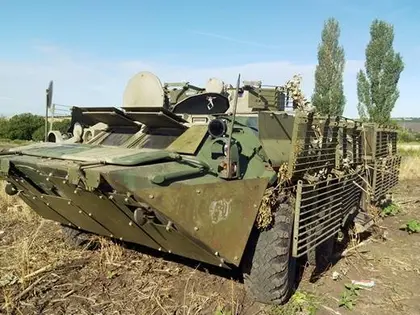

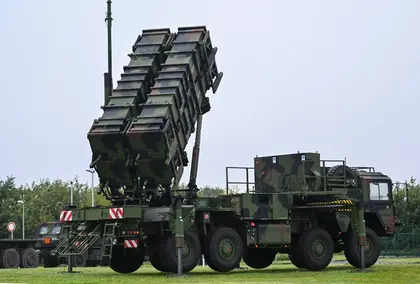
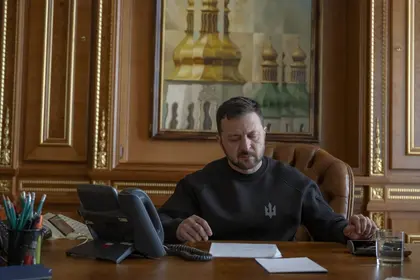
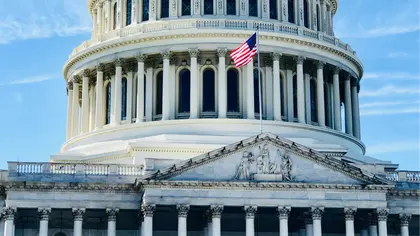
Comments (0)